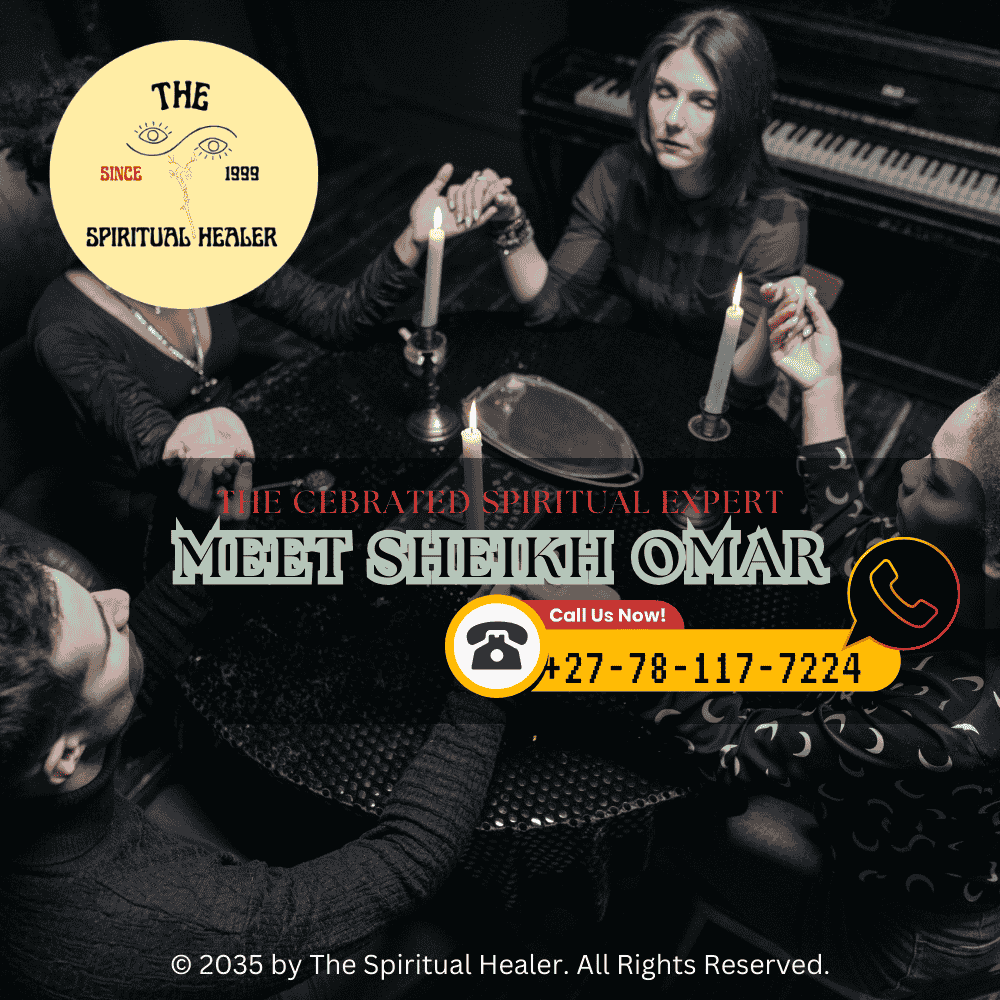Discover how ancient cultures used music in love and fertility rituals to invoke divine energies, enhance connection, and inspire sacred celebrations.
.📞 It's okay, I will help you: Let’s talk on WhatsApp
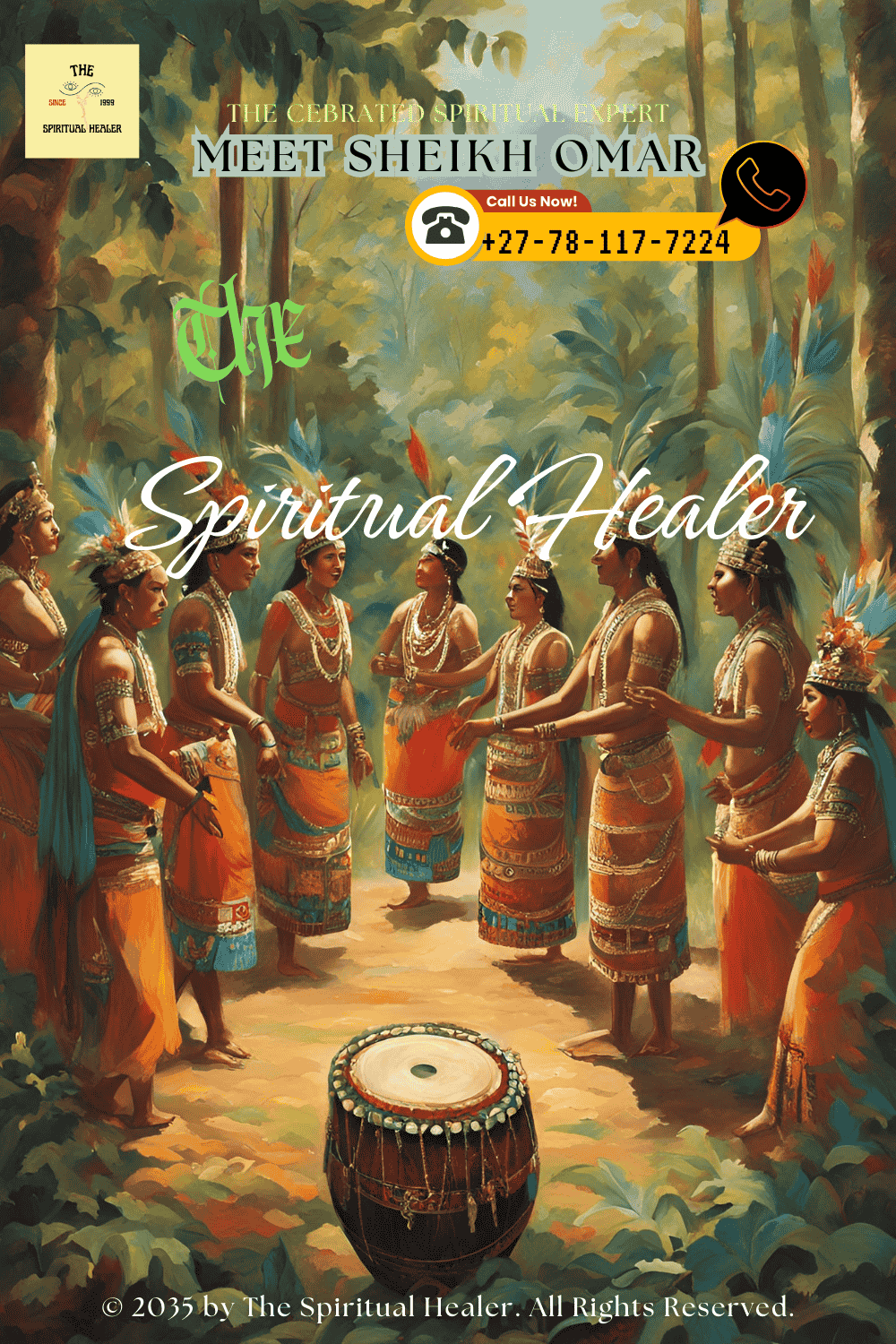
Image: A vivid depiction of ancient drums, intricately carved and adorned with symbolic motifs, used in fertility rituals, surrounded by a lively group of dancers. These dancers, dressed in traditional attire, move in harmonious rhythm, their bodies swaying and feet stamping in unison to the deep, resonant beats of the drums. The scene is set in a sacred space, perhaps a clearing in a lush forest or a ceremonial ground, where the air is filled with the sound of rhythmic drumming that echoes the heartbeat of the earth. The dancers, with expressions of joy and reverence, embody the spirit of the ritual, invoking ancestral blessings and divine energies to ensure fertility and abundance. The atmosphere is charged with a sense of unity and purpose, as the community comes together to celebrate the cycles of life and the power of creation.
.📞 It's okay, I will help you: Let’s talk on WhatsApp
Ancient Music in Love and Fertility Rituals: Sacred Sounds and Transformative Experiences
Music has long been a powerful medium for human expression, evoking emotions, bridging connections, and invoking divine energies. In ancient cultures, its role extended far beyond entertainment; music was deeply embedded in rituals, especially those celebrating love, fertility, and spiritual connection. From the rhythmic beats of African drums to the soft melodies of Native American flutes, and the intricate strains of Indian string instruments, music created sacred, celebratory, and transformative experiences that nurtured both body and soul.
The Significance of Music in Ancient Rituals
In many ancient civilizations, music was considered a bridge to the divine. It held the power to harmonize human emotions with universal energies, especially in ceremonies tied to love and fertility. By using specific instruments, rhythms, and melodies, ancient societies believed they could connect with deities, enhance emotional bonds, and inspire fertility.
Invoking Divine Energies through Sound
Music was not merely an art form; it was a language of the gods. In Egyptian culture, love songs played on harps and lyres were dedicated to Hathor, the goddess of love and fertility. Similarly, in Mesopotamia, hymns and chants accompanied sacred fertility dances to honor Ishtar, the goddess of love and procreation. These rituals sought divine favor, ensuring successful unions and abundant offspring.
Creating Emotional and Physical Connection
Music also acted as an emotional catalyst. It heightened passion and intimacy during courtship and ceremonial gatherings. By synchronizing rhythms, communities fostered a collective sense of unity and celebration, amplifying the emotional impact of the rituals. For example, in African fertility ceremonies, the communal drumming circle symbolized life's cyclical nature, inspiring connection and vitality.
.📞 It's okay, I will help you: Let’s talk on WhatsApp
Musical Instruments and Their Role in Love and Fertility
Each civilization infused its rituals with unique instruments, carefully chosen for their symbolic and acoustic properties.
Drums and Rhythmic Patterns in African Rites
The drum, a heartbeat of many African cultures, was central to fertility rituals. Its deep, resonant tones symbolized the earth’s life-giving energy, while complex rhythms mirrored the dynamic energy of creation. In West African tribes, drumming circles accompanied dances where participants reenacted creation myths, calling upon ancestors and spirits for blessings of fertility.
Flutes and Melodic Whispers of Love in Native America
Among Native American tribes, the flute carried romantic significance. Young men often used its hauntingly beautiful melodies to serenade potential partners, expressing emotions that words could not. The Lakota people viewed the flute as a sacred instrument, capable of influencing the heart and the spirit, making it a crucial tool in courtship and marriage rituals.
String Instruments and Divine Union in India
In ancient Indian love ceremonies, string instruments like the veena or sitar played a central role. Their intricate harmonies symbolized the union of masculine and feminine energies, aligning with the cosmic balance of Shiva and Shakti. Classical ragas, composed for love and romance, were performed during wedding ceremonies and seasonal festivals celebrating fertility, such as Vasant Panchami.

Image: An artistic rendering captures a couple deeply immersed in a fertility ceremony, surrounded by a vibrant ensemble of musicians playing traditional instruments. The scene is rich with cultural symbolism, as the couple stands at the heart of the ritual, their expressions a blend of anticipation and reverence. Musicians, each expertly handling their instruments, create a tapestry of sound that fills the air with melodies and rhythms steeped in tradition. Drummers beat out complex patterns that echo the pulse of life, while flutists weave hauntingly beautiful tunes that speak of love and longing. String instruments add layers of harmony, their notes resonating with the cosmic energies invoked during the ceremony. The couple, adorned in ceremonial attire, are the focal point of this sacred gathering, embodying the hopes and blessings of their community for fertility and abundance. The atmosphere is charged with a sense of unity and purpose, as the music and the ritual together create a transformative experience, connecting the participants to their ancestors and the divine.
.📞 It's okay, I will help you: Let’s talk on WhatsApp
Ritual Chants and Their Spiritual Resonance
Chants, often paired with instruments, amplified the sacred atmosphere of fertility and love rituals.
African Fertility Chants
African fertility rituals often included chants that combined repetitive rhythms and call-and-response patterns, creating a trance-like state. These chants, sung in communal settings, were believed to summon spirits of ancestors who would bless the union with fertility and protection.
Mesopotamian Hymns of Love
In Mesopotamia, sacred hymns honoring Ishtar often told stories of love, longing, and divine favor. These poetic songs were performed during temple ceremonies, often accompanied by harps and lyres, to channel her blessings toward couples seeking love and progeny.
How Rhythms Inspired Connection and Passion
Rhythm, as a universal language, was key to fostering emotional intimacy and spiritual connection.
Synchronization of Heartbeats
Studies in modern psychology reveal how shared rhythms can synchronize participants' heart rates and breathing patterns, creating a sense of unity. Ancient rituals anticipated this phenomenon; for example, communal drumming in African cultures and circle dances in European fertility festivals were carefully choreographed to inspire shared emotional experiences.
Energizing Fertility Celebrations
Fast-paced rhythms also played a role in energizing participants. During the ancient Roman festival of Lupercalia, celebrants danced to percussive beats, symbolizing vitality and fertility. The collective energy of the participants was believed to infuse the community with abundance and good fortune.
Sacred Sounds for Attraction and Fertility
The notion that sound could influence attraction and fertility is deeply embedded in ancient practices.
Harmonic Frequencies and Fertility
Many cultures believed that specific harmonic frequencies resonated with the body’s energy centers. In ancient Chinese traditions, the pentatonic scale was associated with the natural elements and was used in fertility rites to harmonize the body and spirit.
Music as a Catalyst for Love
Love songs, whether sung by individuals or performed by groups, were common across civilizations. These songs were often imbued with poetic expressions of desire and devotion, reinforcing the emotional and spiritual bonds between partners.
.📞 It's okay, I will help you: Let’s talk on WhatsApp
Modern Reflections on Ancient Musical Practices
While the instruments and contexts have evolved, the essence of music’s role in love and fertility rituals remains relevant today. Ceremonies worldwide continue to use music to celebrate unions, evoke emotions, and connect with the sacred. By studying these ancient practices, we gain insights into humanity's enduring relationship with sound and its transformative power.

Image: A detailed close-up reveals an ancient flute and lyre, intricately crafted and adorned with delicate carvings, each symbolizing profound themes of love and connection. The flute, with its slender, elongated form, is etched with motifs of intertwining vines and blooming flowers, representing the blossoming of romance and the intertwining of souls. Its smooth surface and carefully placed finger holes suggest a history of tender melodies played to serenade lovers under moonlit skies. Beside it, the lyre, with its gracefully curved frame and taut strings, embodies harmony and unity. The lyre's body is embellished with symbols of celestial bodies, signifying the cosmic dance of attraction and the divine balance of relationships. Together, these instruments not only represent the musical traditions of ancient cultures but also serve as timeless emblems of the emotional and spiritual bonds that music can forge between individuals.
.📞 It's okay, I will help you: Let’s talk on WhatsApp
The image below depicts a vibrant, open-air gathering under a starlit sky, surrounded by lush greenery. In the foreground, a diverse group of people, dressed in traditional attire, engage in a rhythmic circle dance, their movements synchronized with the deep, resonant beats of African drums held by several participants. Nearby, a young man plays a Native American flute, its delicate melodies swirling through the air, captivating a small audience. To the side, a couple is seated on a colorful woven mat, their hands intertwined, as they listen to the enchanting sounds of a sitar, its intricate strings shimmering in the moonlight. Overhead, lanterns hang from branches, casting a warm glow on the scene, while fragrant flowers and herbs are scattered around, enhancing the sacred atmosphere. In the background, a tapestry of silhouettes hints at ancient symbols, celebrating love and fertility, creating an aura of spiritual connection and joy.
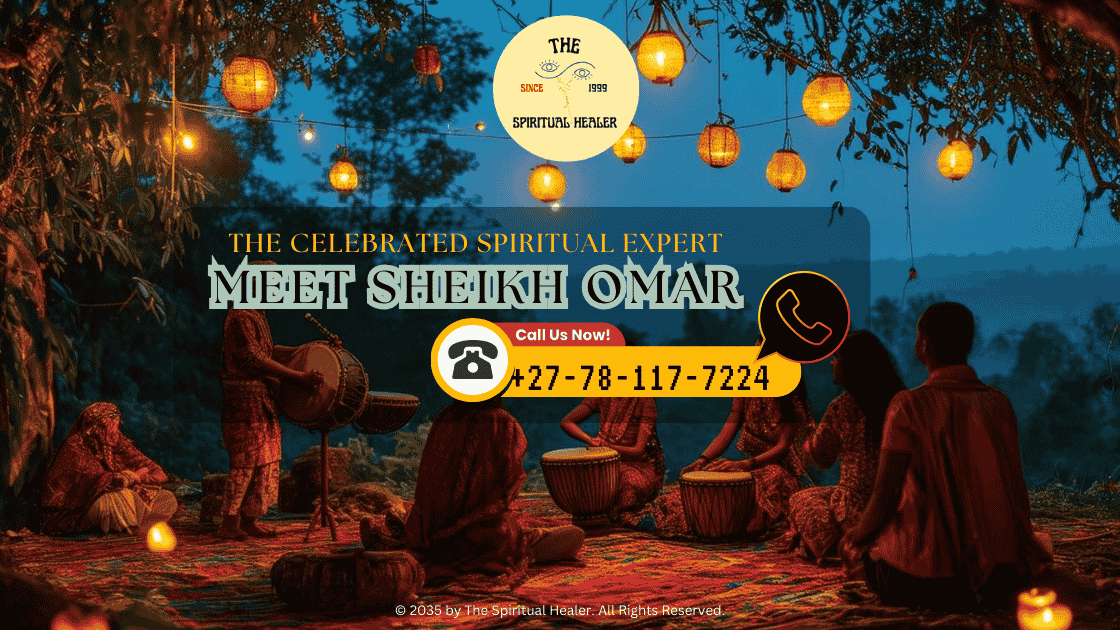
Inbound and Outbound Links
.📞 It's okay, I will help you: Let’s talk on WhatsApp
.png?width=909&height=909&name=A%20couple%20performing%20a%20fertility%20ritual%20with%20candles%2c%20crystals%2c%20and%20intention-setting%20to%20boost%20conception.%20(4).png)
.png?width=1120&height=630&name=A%20serene%20healing%20room%20adorned%20with%20candles%2c%20crystals%2c%20and%20flowers%2c%20creating%20a%20peaceful%20environment%20for%20spiritual%20healing.%20(3).png)
%20(1).jpg?width=80&height=80&name=Add%20a%20subheading%20(3)%20(1).jpg)
.png?width=2000&height=3000&name=A%20serene%2c%20expectant%20mother%20holding%20her%20belly%2c%20surrounded%20beautiful%20spiritual%20objects%20and%20bright%20light%20(6).png)
.png?width=1000&height=1500&name=A%20serene%20individual%20surrounded%20by%20glowing%20light%2c%20mystical%20in%20the%20background%2c%20symbolizing%20peace%20and%20love.%20(1).png)
.png?width=1000&height=1000&name=The%20image%20depicts%20a%20serene%20and%20mystical%20scene%20set%20in%20an%20ancient%20forest%2c%20where%20a%20couple%20stands%20hand%20in%20hand%20near%20a%20softly%20lit%20altar%20adorned%20with%20vibrant%20flowers%20and%20rich%20fabrics%20(1).png)
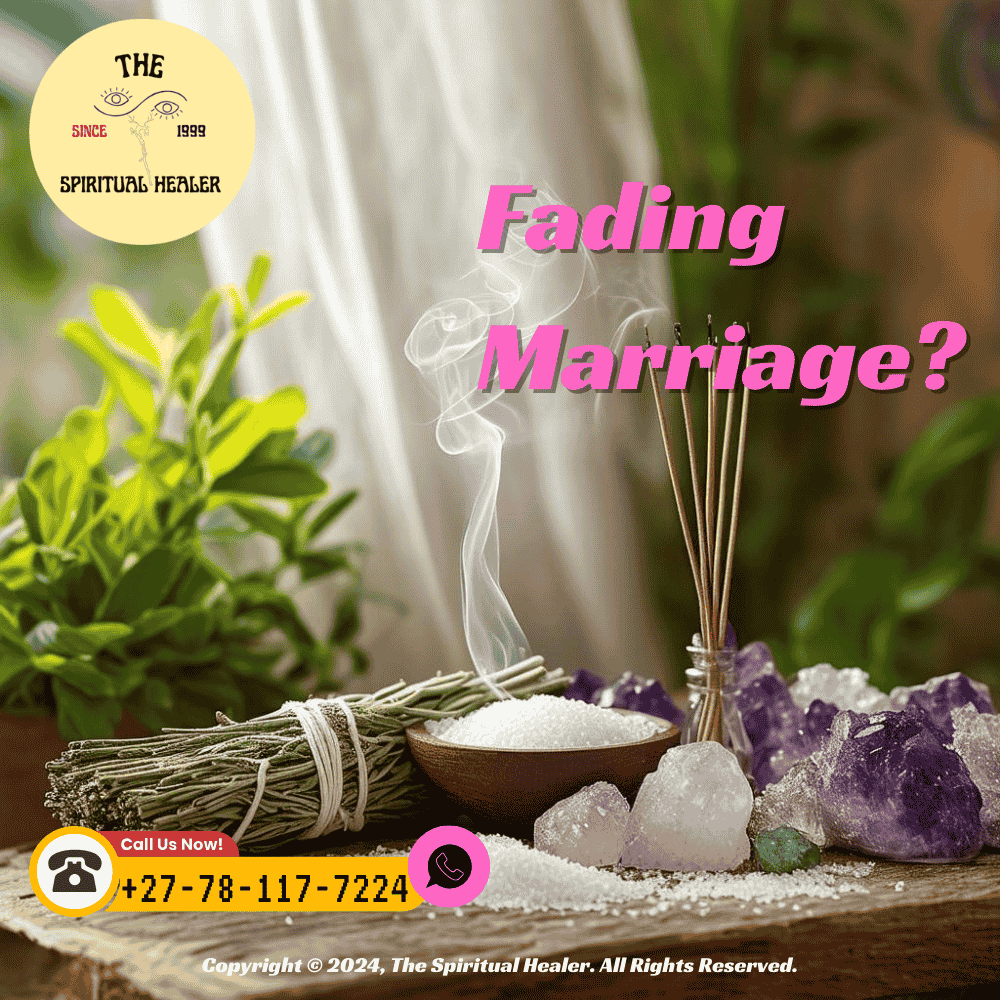

.png?width=1000&height=1000&name=A%20couple%20meditating%20together%20with%20their%20love%20sigil%20between%20them%2c%20focusing%20on%20deepening%20their%20emotional%20connection%20and%20manifesting%20love.%20(1).png)

-1.png?width=1000&height=1500&name=An%20ethereal%20depiction%20of%20universal%20energy%20connecting%20the%20stars%2c%20symbolizing%20the%20interconnectedness%20of%20all%20existence.%20(1)-1.png)
.png?width=600&height=600&name=A%20couple%20holding%20hands%20under%20a%20magical%2c%20star-filled%20with%20bright%20lights%20%20(1).png)
.png?width=1120&height=630&name=The%20image%20depicts%20a%20serene%20scene%20inside%20a%20traditional%20healers%20space%20(1).png)




.png?width=1103&height=620&name=A%20person%20practicing%20energy%20shielding%20meditation%2c%20visualizing%20a%20protective%20aura%20around%20their%20body.%20(3).png)
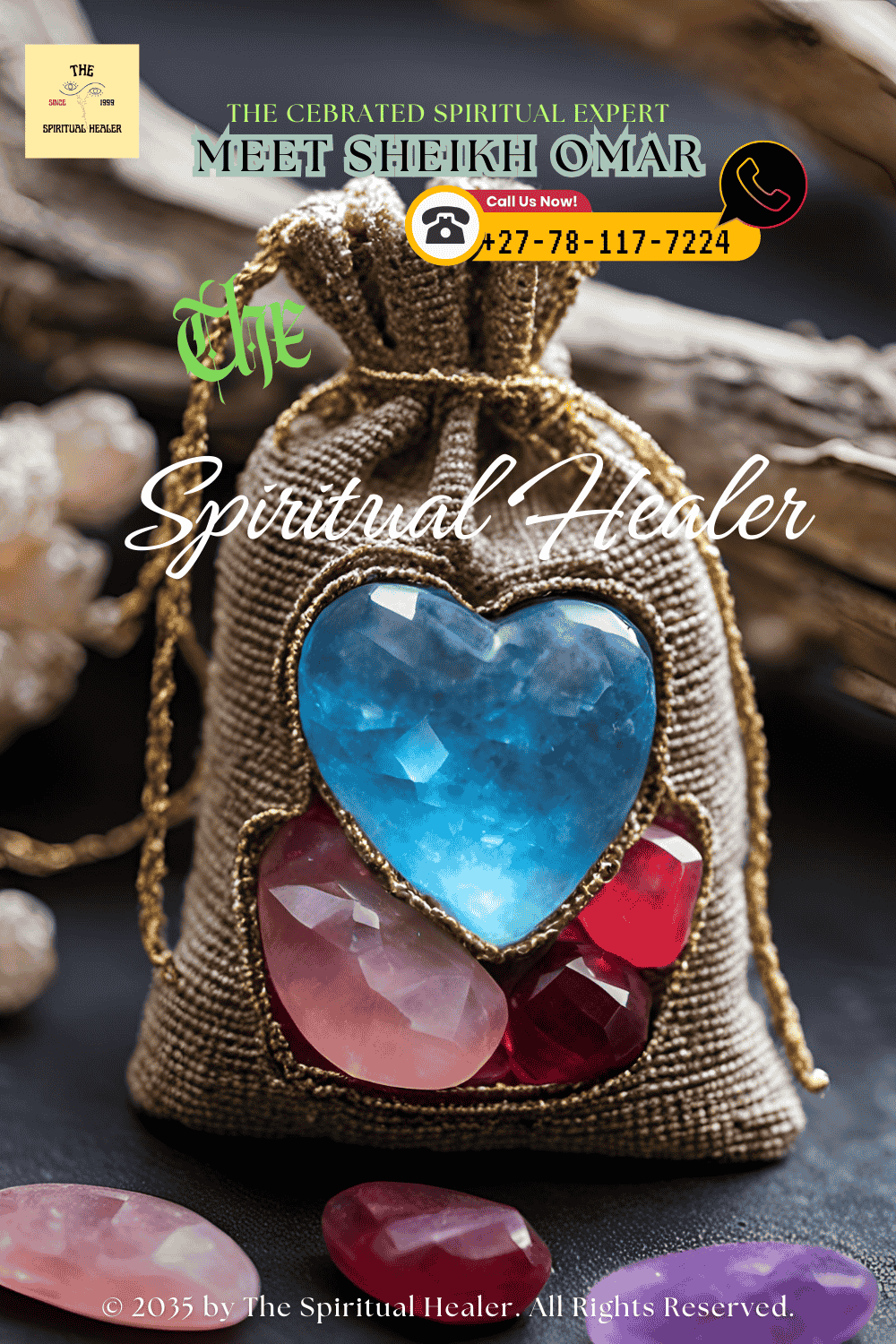
.png?width=1000&height=1000&name=An%20individual%20meditating%20with%20a%20love%20spell%20kit%20on%20an%20altar%2c%20surrounded%20by%20a%20serene%20environment%20of%20plants%20and%20candlelight.%20(3).png)
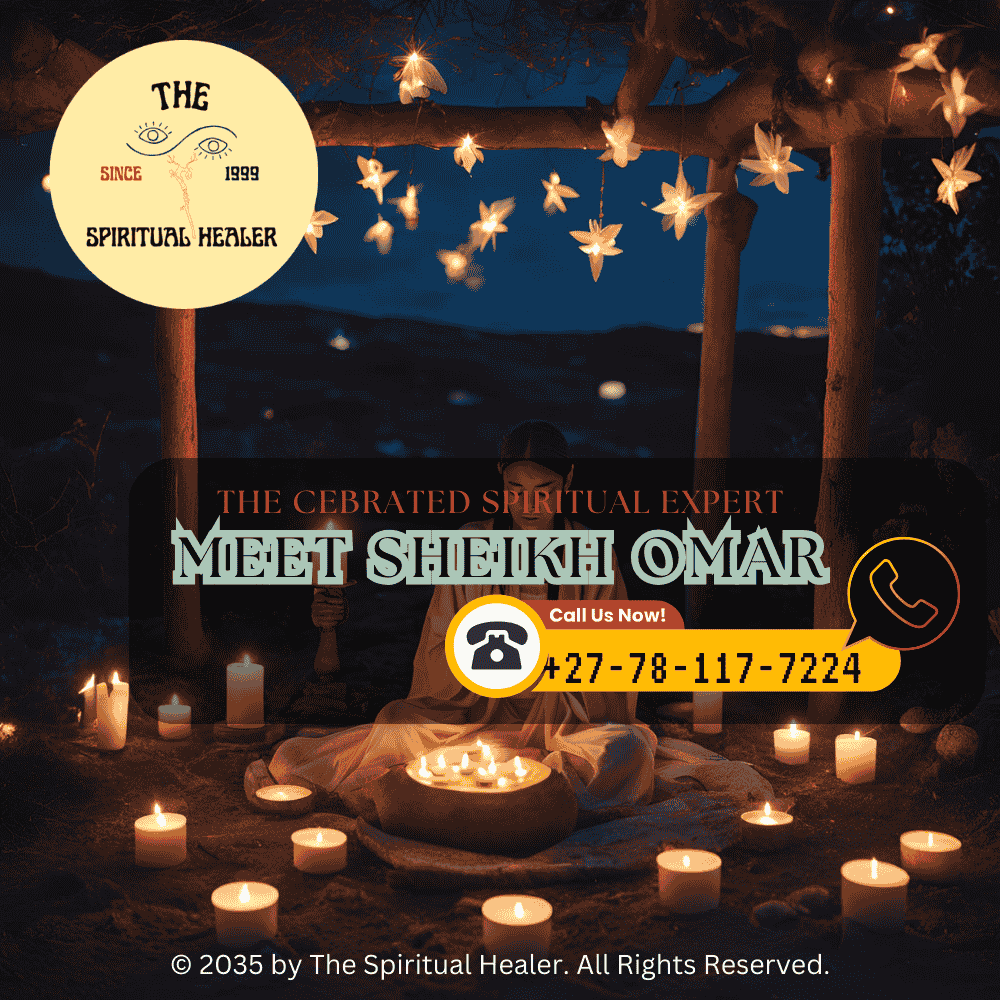
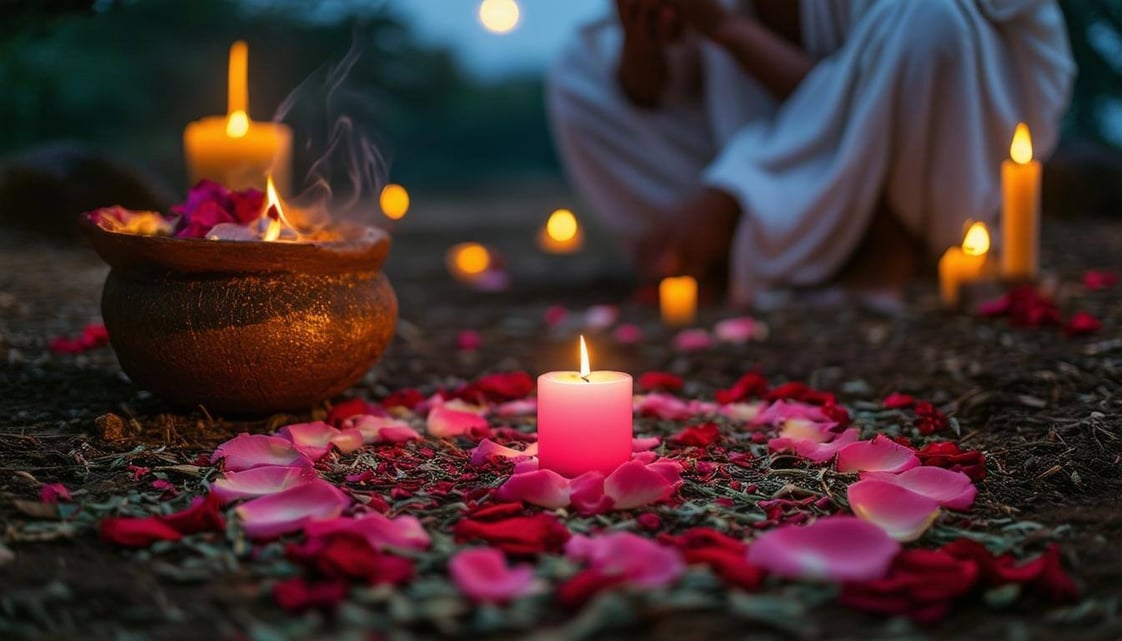
.png?width=1000&height=1500&name=A%20serene%20healing%20room%20adorned%20with%20candles%2c%20crystals%2c%20and%20flowers%2c%20creating%20a%20peaceful%20environment%20for%20spiritual%20healing.%20(4).png)

.png?width=800&height=800&name=A%20spirit%20baby%20journal%20and%20crystals%20beside%20a%20meditation%20cushion%20(3).png)
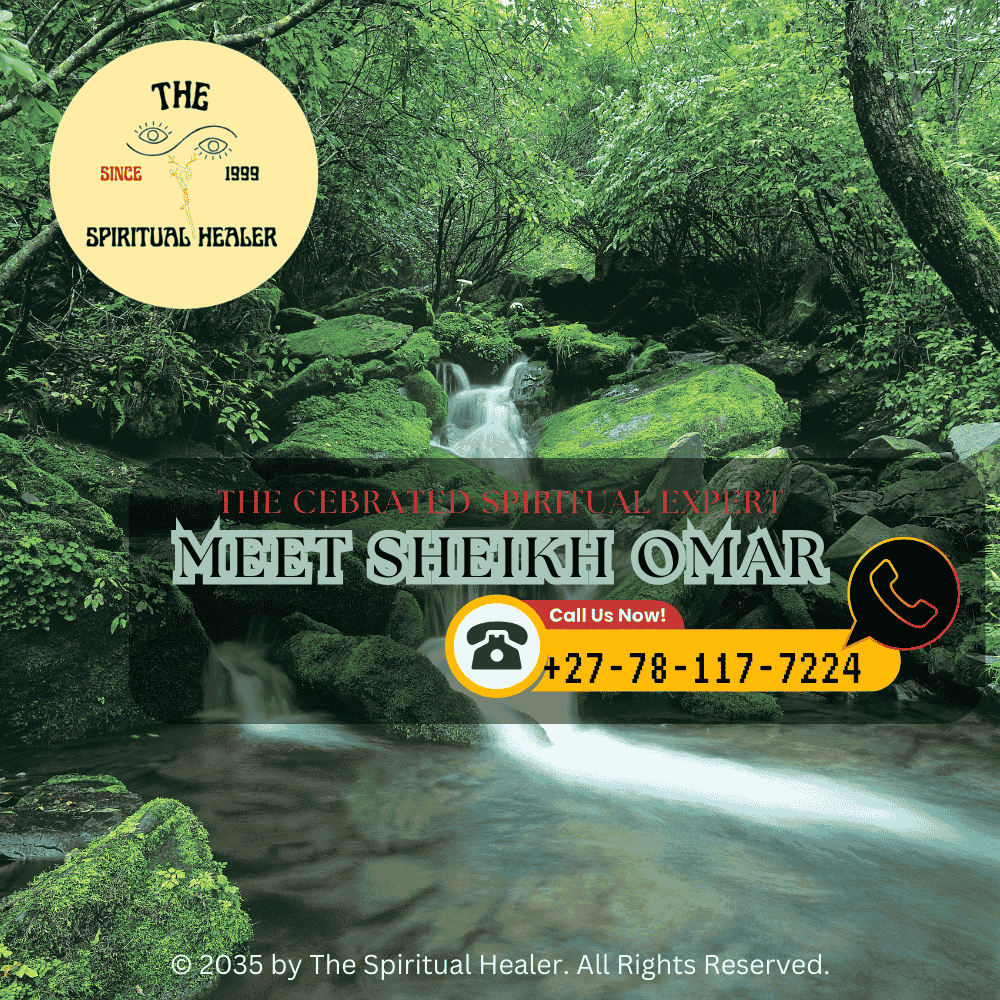
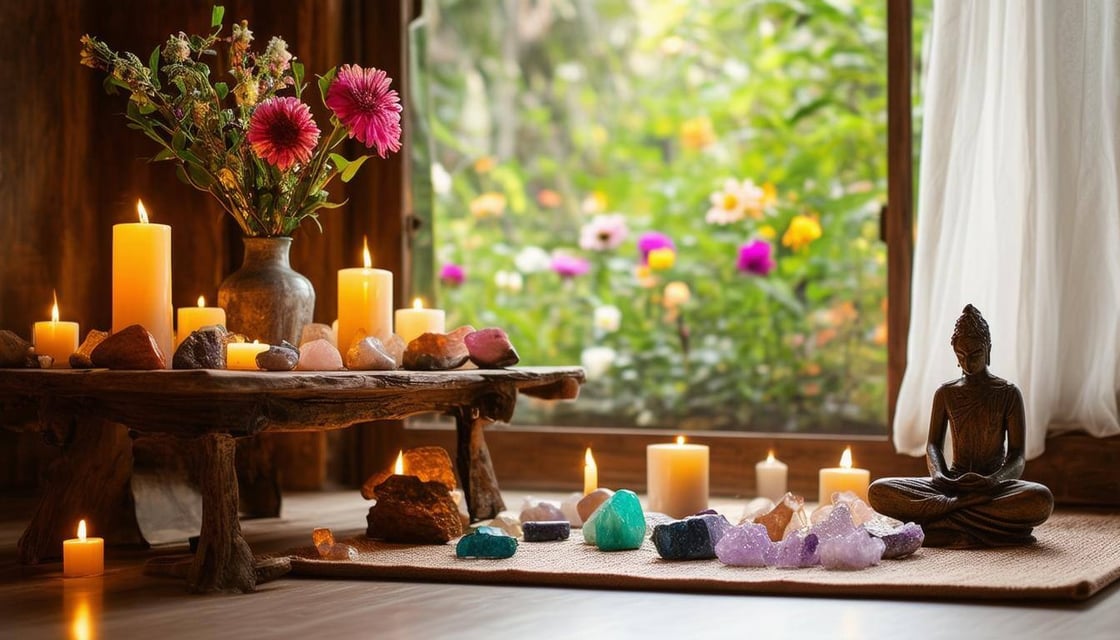




.png?width=1000&height=1500&name=A%20close-up%20of%20a%20rose%20quartz%20heart%2c%20symbolizing%20unconditional%20love%20and%20emotional%20healing.%20(1).png)
.png?width=1000&height=1000&name=A%20crystal%20grid%20designed%20to%20manifest%20love%2c%20featuring%20emeralds%2c%20rose%20quartz%2c%20and%20garnets%20arranged%20in%20a%20heart%20shape%20(2).png)
.png?width=1000&height=1000&name=An%20individual%20meditating%20with%20crystals%20placed%20on%20their%20heart%20chakra%2c%20surrounded%20by%20a%20serene%20natural%20setting.%20(1).png)
.png?width=1000&height=1500&name=An%20ethereal%20depiction%20of%20universal%20energy%20connecting%20the%20stars%2c%20symbolizing%20the%20interconnectedness%20of%20all%20existence.%20(1).png)
